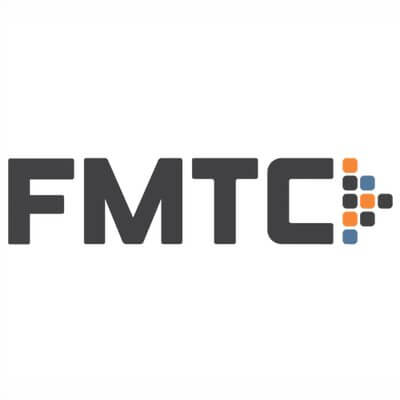Managing Remotely
140 companies answer 6 questions
Managing a remote or distributed team successfully requires good support, planning, and communication. Whether deciding if and how to get the team to meet in person or defining the line between vacation and flexible work, the management of a remote team has differences from managing traditional on-site teams. In our Managing Remotely section we ask top remote companies how they keep their teams running smoothly from thousands of miles away.
Do you have remote communication protocols for your remote workers?
All of our teams have their own channels within Flowdock (similar to Slack) and weekly scheduled meetings to get everyone on the same page. Remote…
No, we don’t have any directives for this as we operate on a largely asynchronous basis – people are used to working with or needing…
We don’t and leave it to the individual employees and project teams to determine if there is any specific cadence they want to build around communication.
Do you organize remote team retreats?
Twice a year we organize a team work retreat. We just returned from a week in Lake Tahoe, CA. Our retreats aren’t really “vacations for…
Airbnb works great and really strengthens the team. Understand any dietary restrictions and assist in any way possible getting your team from their house to…
Yes. We find one place that can host us all. Make sure it’s not in a city, you want everyone to be huddled up together…
Do your remote team members meet in person?
Each year we hold a company meeting and try to gather together as many remote teams as possible. These meetings last a few days and…
Every department is different, but for the most part, yes. The marketing team has what we call a ‘marketing summit.’ Every quarter, we get together…
How do you measure the productivity of remote workers?
I am very fortunate to have an incredible team of consultants. They are self-starters who work until the job is done. This type of work…
We use a productivity-tracking tool called Worksmart, which helps managers and their team members assess how team members spend their time. Worksmart has a variety…
For us, remote doesn’t just mean location independent. We want to give people as much autonomy as possible about when and how they work too.…
What elements are key to successful working relationships with remote teams?
Trust is absolutely essential. We are a team of colleagues and hire some of the best talent in the world. If you don’t trust the…
What is the hardest part about managing a remote workforce?
The toughest part about managing a remote workforce is making sure everyone feels connected to the team and culture of Appirio. We work very hard…
Creating a healthy balance between trusting our team members to manage their work time and monitoring their activity. We have team members use time management…
Different laws in various states and keeping on top of that while trying to be fair to the masses. 2. Keeping everyone motivated and energized,…
How do you keep remote employees engaged and feeling part of the bigger picture?
Bitovi has three annual all-company events. We get together as a company three times per year to work together for three to five days each…
Our team is very passionate about what they do. We’re just so incredibly busy and the information security space is quite exciting so everyone is…
We talk all the time. A short, daily all-hands meeting allows everyone to understand the what and the why. We make a point of being…
What is your BYOD policy for remote workers?
We supply all of our employees with the tools they need to get their jobs done. All team members are provided a laptop and an…
We provide all equipment people need to do their jobs. If someone wants to use their own device, that’s fine too.
What is your time off policy for remote workers?
We do not have a time off limit. However, for it to be worth my while to manage our resources, they have to contribute a minimum…
We have a MANDATORY vacation policy. We realized that an unlimited vacation policy was having the opposite effect – team members weren’t taking the time…
Our PTO/VTO is generous and flexible. Our full-time employees get five VTO days/year (Volunteer Time Off), as well as 15 days PTO (personal time off),…
What were your biggest fears in managing remote workers?
We very naively started all being remote, so there were no fears. Here’s a challenge that surprised me: on the same day, I had a…
Accountability. The fear that people would simply flake, walk off into the distance, play video games instead of work. Sure they came true. And then…
I think my biggest fears are when we lose touch with someone. Every once in a while, someone will just “disappear” – they don’t answer…



























